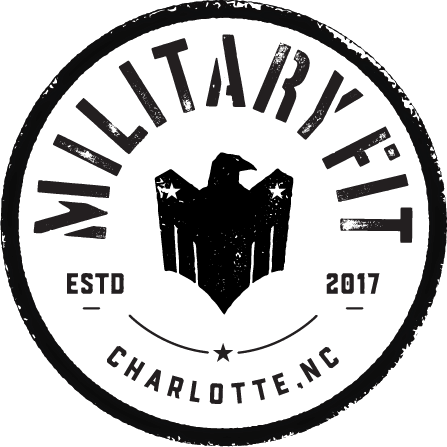Kettlebell training is trending. Meet your fast track guide to getting started, and how to use them to wield the fitness results you really want.
Want to improve performance, get defined, build strength, and master a new skill? Then it’s all about the kettlebells. These bad boys have roots in some of the most respected training and competition regimes in global history. After a long break, they are back, in a BIG way. They are being used by pro athletes, business leaders and hot entrepreneurs, as well as Instagram models, and acing military fitness tests. They are the real deal.
Here are the benefits, how to get started, and the exercises you want to get the results you yearn for.
What is a Kettlebell?
These steel and iron cannonballs with handles are designed for performing ballistic exercises combining cardio, strength training, and flexibility enhancing moves.
Kettlebell training is traced back Shaolin monks, Goju-ryu karate, and early Russian strongmen. Today these weights are used by competitive weightlifters, Crossfit teams, and many others. In his book on Kettlebell training, Alan Collins says they are now “popular with celebrities such as Penelope Cruz and Sylvester Stallone, they are also used for training players at Chelsea and Liverpool football clubs, and in 2010 the British Army got on board when their PTI corp. (responsible for the Army’s physical training) signed up.”
In addition to heavy sandbag training, Technical Sergaent, Philip Davis with the US Air Force says he uses kettlebells for 75% of his training time. Not only does he recommend them for maxing military physical fitness tests, but for being far more effective in real life combat scenarios. Live Strong notes that they are still used in Russian Special Forces Training. Success magazine covers them as one of the key tools used as a part of hyper-successful entrepreneurs’ morning routines.
Why You Need to Try it
There are a variety of styles and tweaks involved in kettlebell training. This makes is a versatile workout whether you are seeking weight loss, toning, strength gains, or for specific performance enhancements.
Used in a high intensity training routine the American Council on Exercise calculates users can burn an average of 20 calories per minute. That’s the equivalent of running a 6 mile a minute pace. The ‘unstable force’ or balance of the kettlebell helps to develop more core and functional strength, as with sandbag training, TRX suspension training and rucking.
Many basic kettlebell workout movements are designed to engage the entire body at once. This gives a more well-rounded and deep workout, while combining moves and muscle groups to get more results in less time.
Plus, you’ll not only find kettlebells creeping into many gyms today, but you can grab a pair pretty affordably and make it a go-to home gym workout, or even stash a couple at the office.
Getting Started with Kettlebell Training
Getting started with kettlebells is pretty simple. All you really need is a kettlebell or two, and a few square feet.
If you really want to get into a real kettlebell workout routine, then you’ll probably want a pair of weights, and probably two sizes. This way you can do ballistic strength moves, and more complex combinations with work finer muscles.
If you are a little delicate and are going hard, or are working out on your concrete garage floor, then you might want a yoga mat for cushioning some moves, and a pair of weightlifting gloves.
Whatever you do; start light, and rank up as you gain strength.
Kettlebell geeks measure their weight in ‘poods’ (an ancient Russian term). So if you want to sound legit, and make sense of the weights, use this calculator to convert pounds, kilos, and pounds.
Kettlebell Exercises
Take your pick from these moves, and mix them up into routines:
- Turkish get-ups
- Swings
- Cleans
- Snatches
- Tossing
- Overhead presses
- Deadlifts
- Goblet squats
- Lunges
- Row
- Windmills
- Pushups
Or take your kettlebells for a walk, suitcase style, or in your Military Fit rucksack.
Reps & Sets for Results
For toning and performance: 3 sets of 10-16 reps per exercise
For strength building : 3 sets of 8-12 reps per exercise
For bulk building(Heavier Resistance): 2 sets of 5-8 reps per exercise

